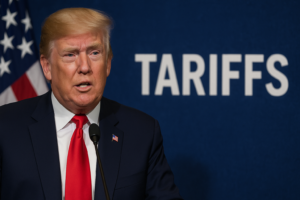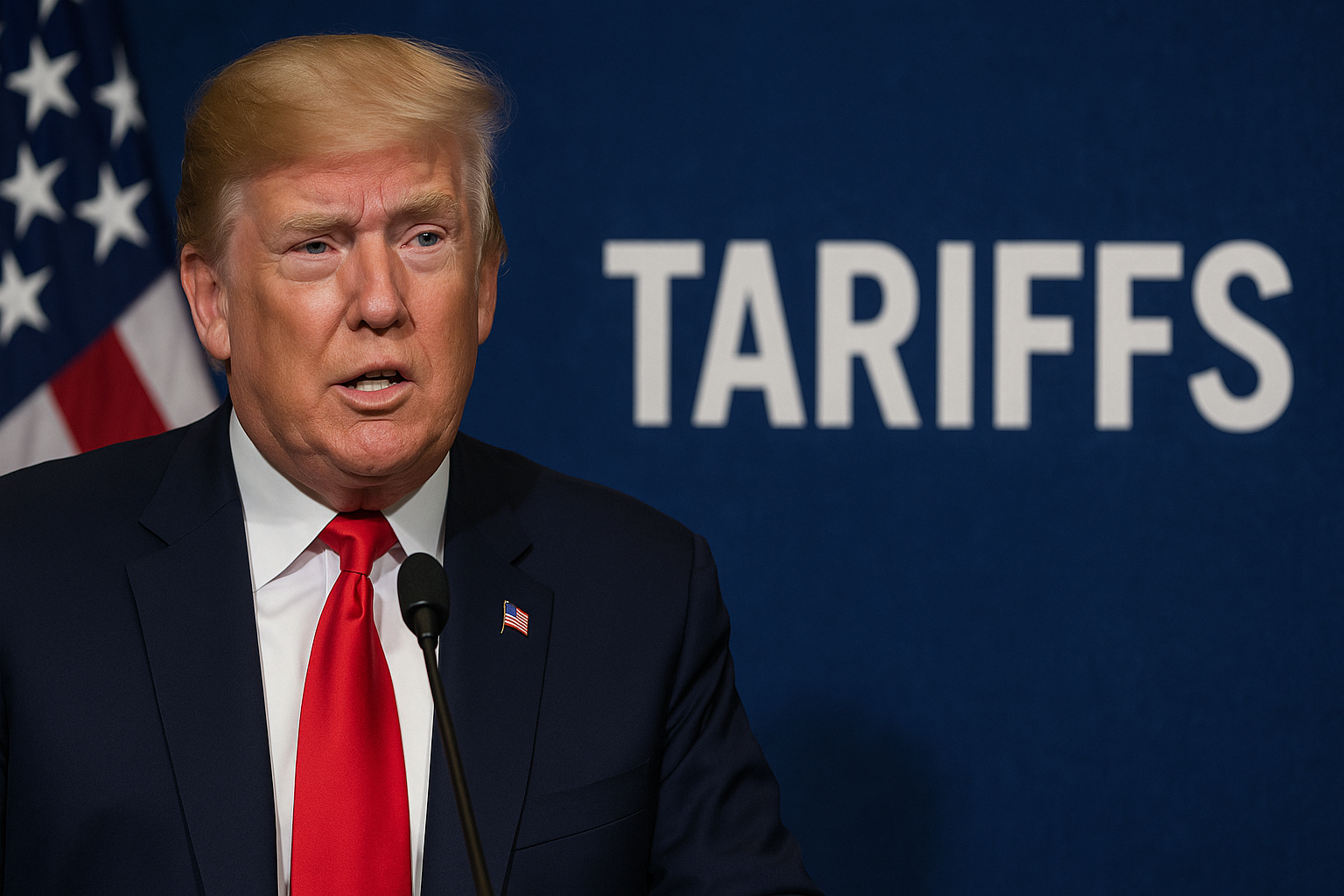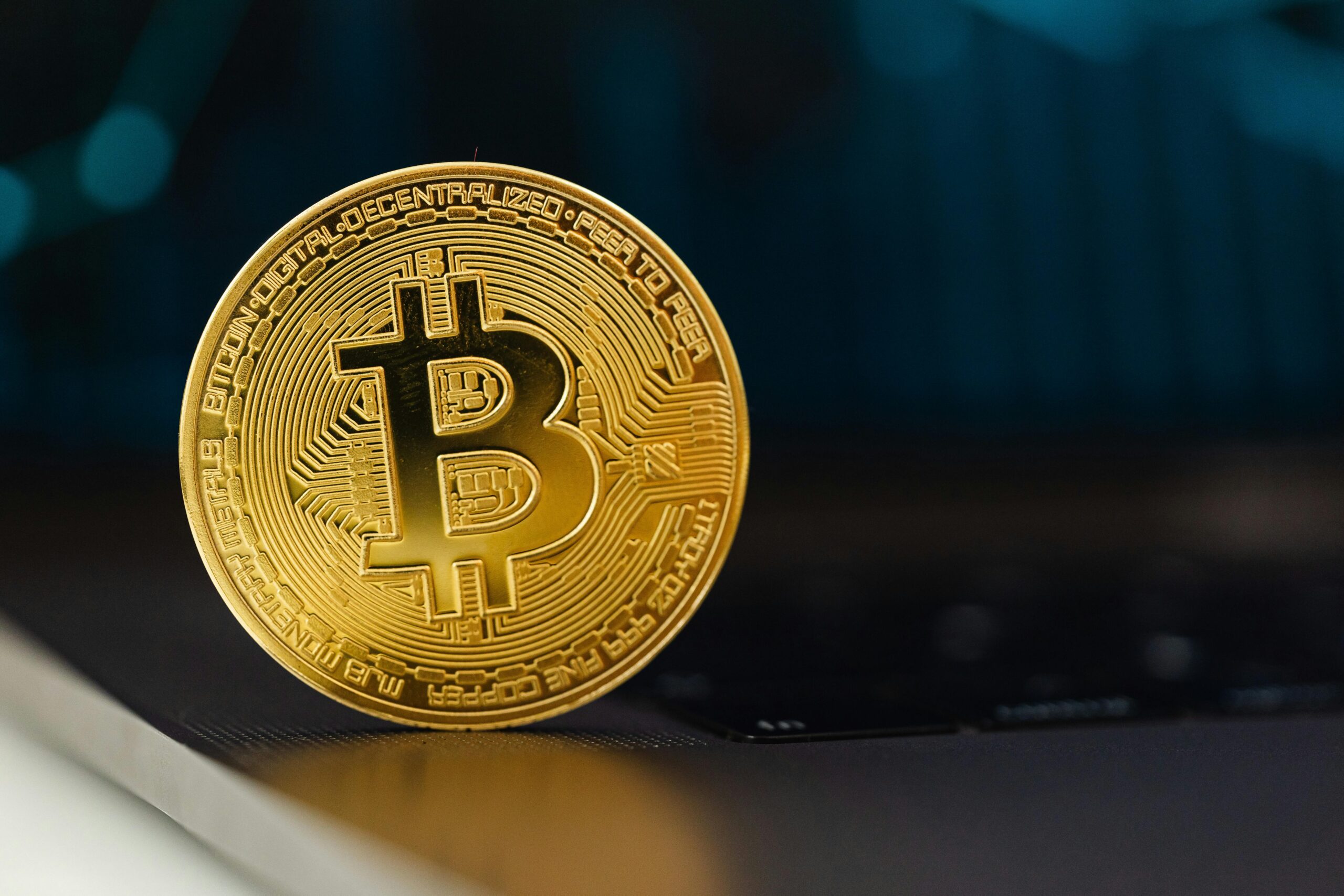Introduction
The term tariff has become a central topic in international trade discussions in 2025. A tariff refers to a tax placed by governments on goods and services imported from other countries. It’s a tool used to shield local businesses, raise revenue, or gain leverage in trade negotiations. This blog explores the recent developments involving tariffs, especially the significant changes initiated by the US government and their implications for countries like India.
What Exactly is a Tariff?
A tariff is essentially a duty imposed on imports, designed to:
- Protect local industries by making imported products more costly.
- Generate income for the government.
- Influence trade talks and policy decisions.
- Address geopolitical objectives by penalizing specific countries.
Tariffs can be either percentage-based (ad valorem) or a fixed charge per unit, depending on the policy.
The 2025 Wave of Tariffs: Key Developments
The US Tariff Policy Under President Trump
Starting early in 2025, the US government adopted a more aggressive stance on tariffs:
-
The average tariff rate surged from roughly 2.5% to near 27% by April, then stabilized around 18% by July.
-
On July 30, 2025, a fresh set of tariffs targeting nearly 70 nations was announced, with rates ranging from 10% to 41%, set to come into effect on August 7.
-
India is among the countries targeted, facing a 25% tariff on exports, with the prospect of additional penalties linked to its dealings with Russia.
Impact on India
India, whose exports to the US reached over $130 billion recently, faces new challenges due to this tariff increase:
-
Critical sectors such as textiles, pharmaceuticals, automobiles, and gems will be most affected by the higher tariff.
-
Small and medium-sized enterprises (SMEs) are especially vulnerable to order reductions and potential layoffs.
-
There is a risk that export demand to the US could shift toward countries with lower applicable tariffs.
Economic Consequences of the New Tariff Policies
-
The tariff hikes contributed to increased consumer prices in the US, causing household expenses to rise by an estimated $2,400 to $3,800 annually.
-
The US economy is expected to experience slower growth in 2025 due to these tariff pressures.
-
For India, the forecasted GDP growth rate has been slightly reduced, with currency pressures and impacts on export-reliant sectors evident.
Political and Strategic Reasons Behind the Tariff Increase
The tariffs in 2025 are part of a broader strategy aimed at:
-
Addressing trade imbalances, particularly the US trade deficit with countries like India.
-
Applying economic pressure tied to geopolitical considerations, such as India’s trade relations with Russia.
-
Encouraging domestic manufacturing through policies promoting local purchasing, although the effectiveness of these measures is debated among experts.
Trade negotiations remain active but face hurdles over agricultural policy and technology trade issues. The US government has allowed adjustments to tariff application for countries that align their economic policies more closely with US expectations.

Closing Thoughts: Preparing for the Tariff Landscape
As 2025 progresses, tariffs will continue to shape the global trade environment significantly. Understanding these tariff changes is crucial for businesses, governments, and consumers to adapt to evolving economic conditions. The word “tariff” remains fundamental in discussions on trade policies and economic strategies worldwide.




That’s a solid point about efficiency in online gaming! Platforms like jililive seem to prioritize a streamlined experience – quick registration & access are key, right? Good stuff! 👍
Smart bankroll management is key to enjoying any casino game, and it’s great to see platforms like ph799 games emphasizing skill development. Building a solid foundation – like their account verification process – seems crucial for responsible play & long-term enjoyment! 🤔